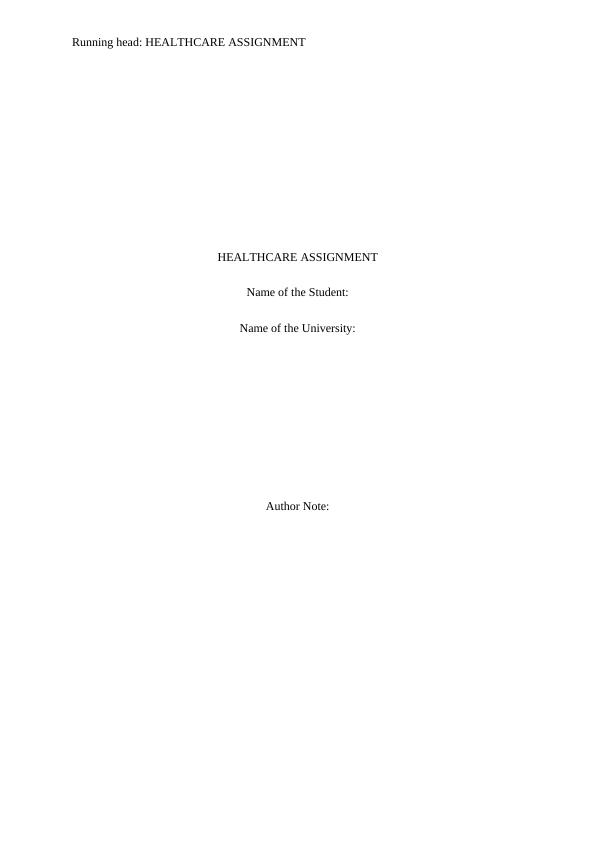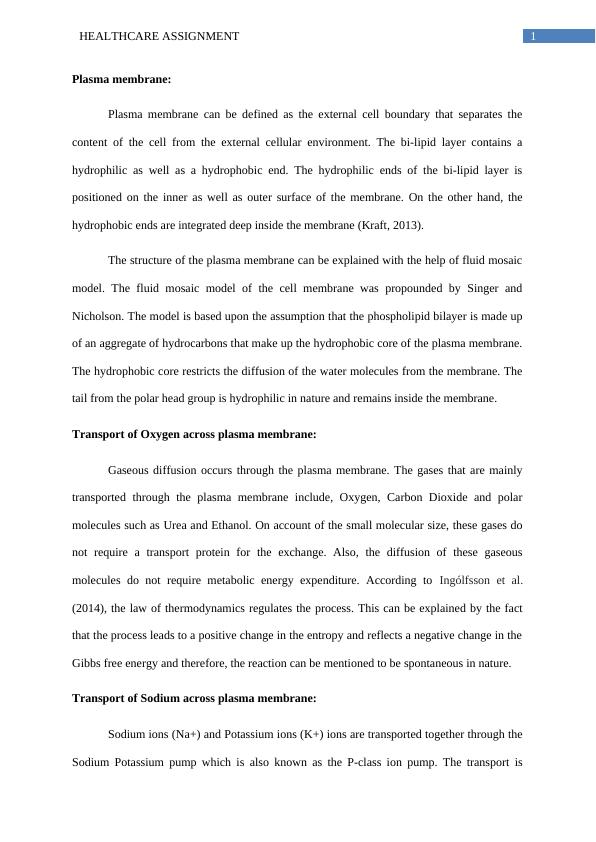Plasma Membrane: Structure and Transport
State of internal balance. Body is constantly working to maintain homeostasis. Examples: Body temperature, blood pressure, blood sugar levels.
4 Pages662 Words373 Views
Added on 2023-04-21
About This Document
This assignment discusses the structure of the plasma membrane and the transport of oxygen and sodium across it. It explains the fluid mosaic model and the role of ATP in transport.
Plasma Membrane: Structure and Transport
State of internal balance. Body is constantly working to maintain homeostasis. Examples: Body temperature, blood pressure, blood sugar levels.
Added on 2023-04-21
ShareRelated Documents
End of preview
Want to access all the pages? Upload your documents or become a member.
Anatomy and Transport Across Plasma Membrane
|4
|644
|419
Plasma Membrane - Assignment
|4
|550
|270
(PDF) The Plasma Membrane and the Cell Wall
|3
|1062
|121
Cell Structure & Function Compartments of the Body cell
|9
|2434
|254
Plasma Membrane: Structure and Function
|4
|762
|388
Structure and Function of Hydrophilic Channel
|4
|616
|27


